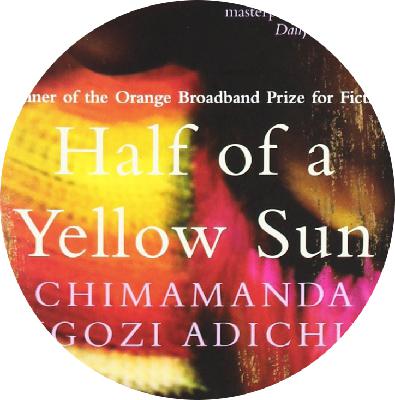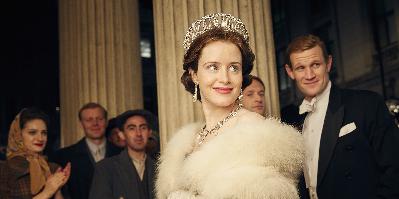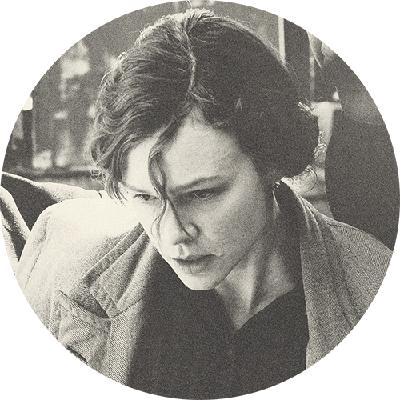Half of a Yellow Sun, 2006
Description
Contents
Gender: belonging to yourself alone by Gabriella Edelstein
The True Storytellers: Race and Class in Adichie’s Biafra by Gabriella Edelstein
“Clay pots fired in zeal”: The Writer in Half of a Yellow Sun by Claudette Palomares
The Bailey of Baileys? by Claudette Palomares
~
~
Prologue
An excerpt
The Plot (contains spoilers)
Half of a Yellow Sun (2006) by Chimamanda Nzgozi Adichie centres on the lives of two Igbo intellectuals, Olanna and Odenigbo and their houseboy Ugwu. It is set amidst the civil war between Nigeria and secessionist South Eastern Nigerian state Biafra, a war and subsequent blockade that occurred from 1967-1970, and which was considered at the time by the Red Cross as the greatest humanitarian disaster since WWII.
The first section of Half of a Yellow Sun details the halcyon period before the war (1962-1963) when revolutionary academic Odenigbo falls in love with the wealthy, Oxford-educated Olanna, who leaves her privileged lifestyle to live with him. They are joined by Odenigbo’s new houseboy Ugwu, a clever youth from the bush who exhibits an innate talent with words. At the same time, an aspiring writer and Englishman, Richard Churchill, becomes the lover of Olanna’s twin sister Kainene. The narrative then jumps to the beginning of the bloody conflict between the Northern side of Nigeria (mainly comprising of the Muslim Hausas) and South-Eastern side where the ethnic tribal group, the Igbos, and the intellectual elite of Nigeria reside. The lives of Ugwu, Olanna, Odenigbo and Baby (Olanna and Odenigbo’s young daughter) are thrown out of equanamity by the war, but also by a series of unexplained personal tragedies. Olanna witnesses the massacre enacted on the Igbos by the Hausas to revenge the assasination of Hausan politicians. She is severely traumatised and temporarily paralysed by the event. We discover that Olanna and her sister Kainene have not spoken for some years. Olanna and Odenigbo joyfully celebrate the seccession of the South-East from wider Nigeria and the creation of a new nation-state: Biafra.
The book then returns to the years 1964-1966 and explanations for the mysterious conflicts between the characters soon emerge. Olanna discovers that Odenigbo has impregnated his mother’s servant Amala. In retaliation she sleeps with Kainene’s lover Richard in a desultory one-night-stand. Olanna decides to adopt Odenigbo and Amala’s child, Chiamaka who she calls Baby.
In the final third of the book (1967-1970), we see in visceral detail the destructive and nihilistic forces of the Biafran-Nigerian conflict. Odenigbo and Olanna are forced from their luxurious home in Lagos to a decrepit compound. Odenigbo is soon disillusioned by the Biafran state and becomes an alcoholic. Ugwu is conscripted as a soldier for Biafra. He survives the experience, but at great psychological cost. We discover that the excerpts of notes for a book titled The World Was Silent When We Died that are interspersed at the end of several chapters have been written by Ugwu. He plans to dedicate his book on the Biafran war- with a certain degree of irony- to his master, Odenigbo. After witnessing a violent death first hand, Kainene- who has profited from the war as an army contractor-builds a refugee camp and reunites with Olanna. By the end of the novel, more tragedy befalls the sisters whilst Nigeria bleakly rebirths itself.
~
Gender: belonging to yourself alone
By Gabriella Edelstein
If you’ve listened to any pop music in the last two years, then you know the voice of Chimamanda Ngozi Adichie. She was propelled into headphone sets all across the Western world when Beyoncé sampled her 2012 Tedx talk “We should all be feminists” on “***Flawless”. You may have danced to her during an R&B night at a club (I have). Little did I know at that point, Adichie had published three books before Beyoncé picked her up, and she had also won the esteemed Orange Prize for Fiction (now the Baileys Women’s Prize for Fiction) for Half of a Yellow Sun in 2007. In this novel, gender determines the characters’ lives and identities; indeed, the novel asks us to consider whether the characters can act without the heavy weight of gendered expectations pushing down upon their lives.
Half of a Yellow Sun is a book organised by dichotomy: war/peace, Nigeria/Biafra, city/bush, black/white, man/woman. The central pairing in the novel is that of Olanna and Kainene, twin sisters who are delineated according to what the other is not. They are characterised by two opposing types of femininity: Kainene is ostensibly a cool and enigmatic femme fatale, whilst Olanna is generous to the point of self-abnegation. The novel makes clear that the women are able to play out these types of femininity because they are in a position of financial security and have been gifted with an overseas education. Due to their privileged backgrounds, they are lucky enough to explore what it means to be a woman in a time of social upheaval seeing as they have the means to self-indulge in questions of iden



















